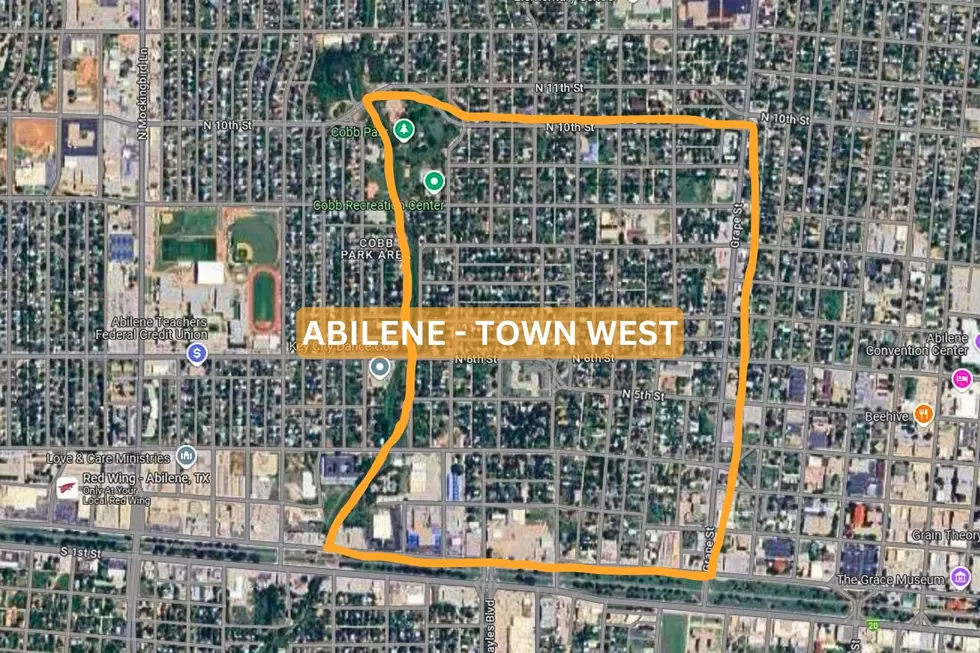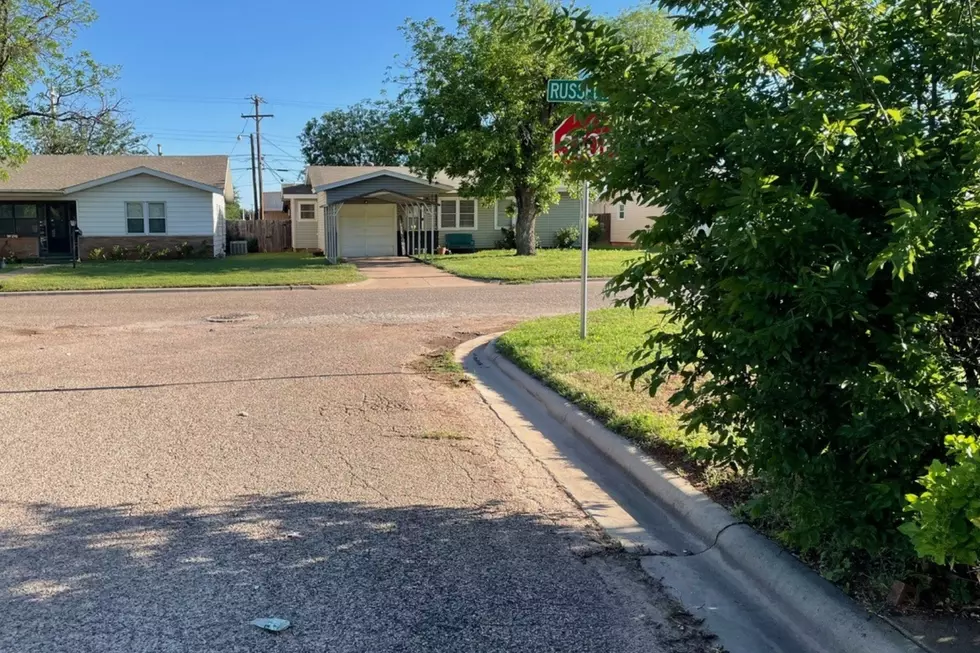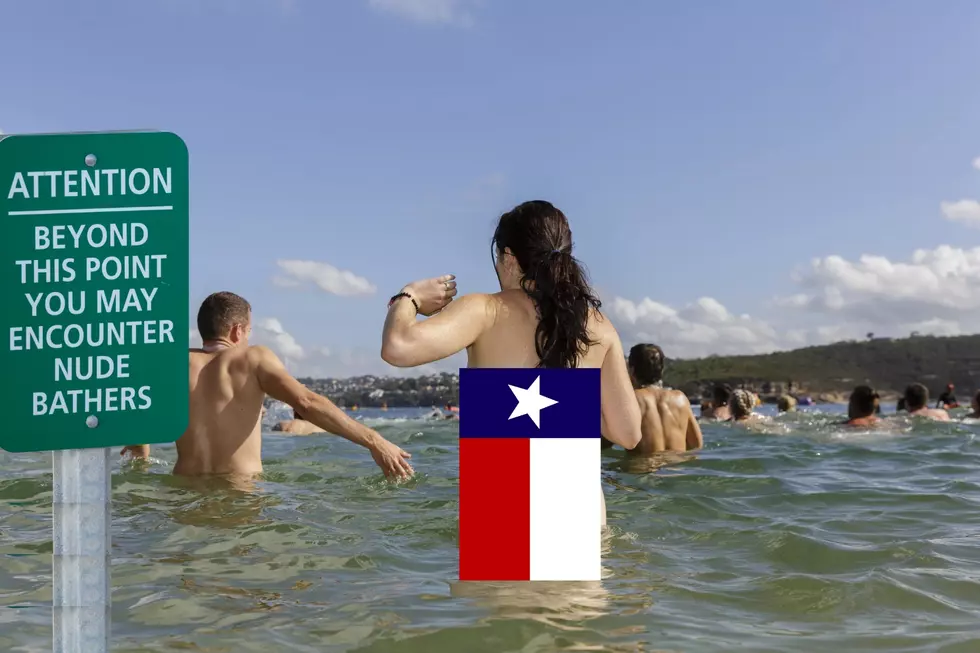
Understanding the Difference Between Severe Weather Warnings and Watches
With the severe weather season upon us, it is important to stay up to date with changing conditions. Part of that is understanding the difference between a warning and a watch.
While the peak severe weather season is usually between March and October, severe weather can happen at any time. In order to help save lives, the National Oceanic and Atmospheric Administration (NOAA) work together with the Storms Prediction Center (SPC) and National Weather Service (NWS) to issue these warnings and watches.
Watches are issued by NOAA's SPC, while the warnings are issued by the local offices of the National Weather Service. In our area, that would be the NWS in San Angelo.
But, what exactly is the difference between a Watch and a Warning?
Severe Weather Watch
A watch means that conditions are favorable for a severe thunderstorm, tornado, or flash flood. That doesn't mean that severe weather is will happen for sure. It just means that it is possible, and that you should monitor the situation in case a warning is issued.
Severe Weather Warning
A warning means that the event (thunderstorm, flood, tornado) is imminent and will threaten a particular area based on reports, radar and other information received by the NWS. If a warning is issued, you should act accordingly, depending on the type of warning.
Hopefully, this gives you a better idea of the difference between a watch and a warning, and what to do when one is issued.
More From KEAN 105










